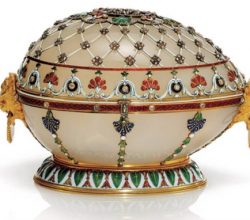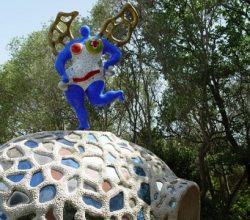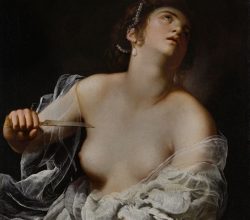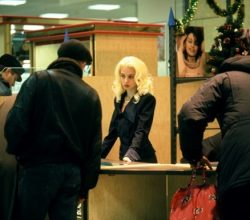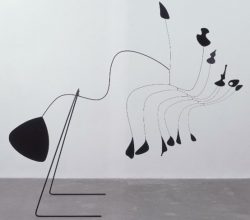
Alexander Calder: Modern from the Start
Brandt Junceau | The Brooklyn Rail | 1st April 2021
New York’s MOMA and Alexander Calder were best buddies. MOMA promoted Calder in key exhibitions while he enabled the fledgling institution to boast a modernist American artist. Calder was their “household god”. The museum’s marketing blurb says that this exhibition celebrates this decades-long relationship. Does it, or is it just a lovely show that will tempt cautious people to visit? Who cares? “Nobody doesn’t love Sandy Calder”







